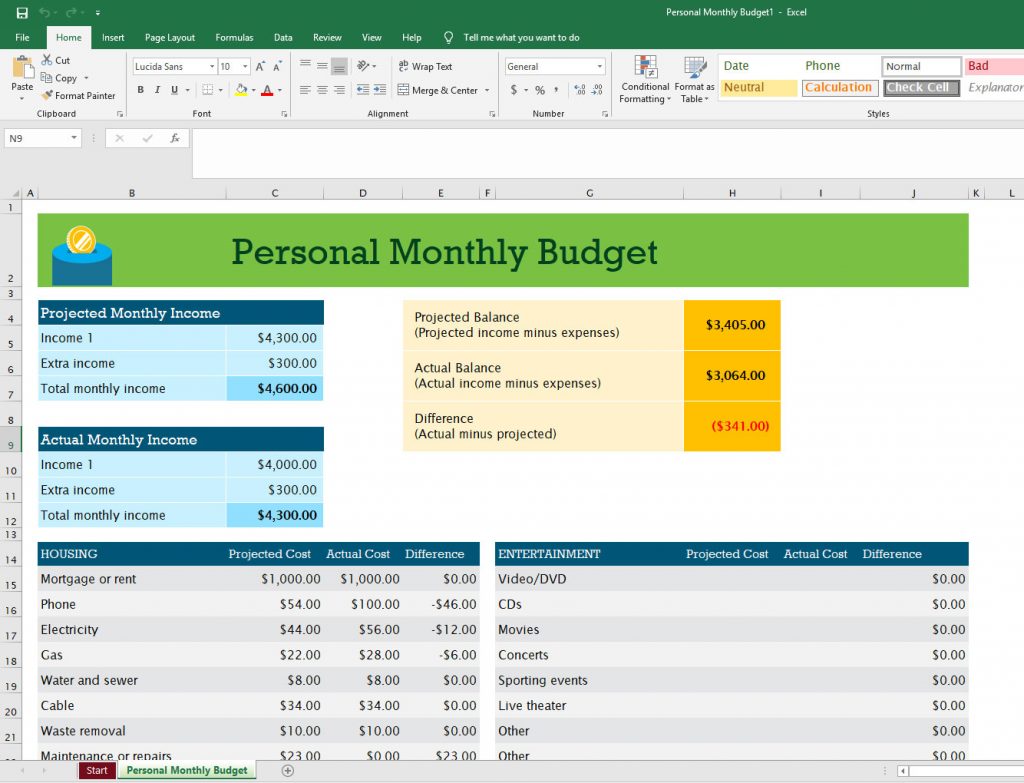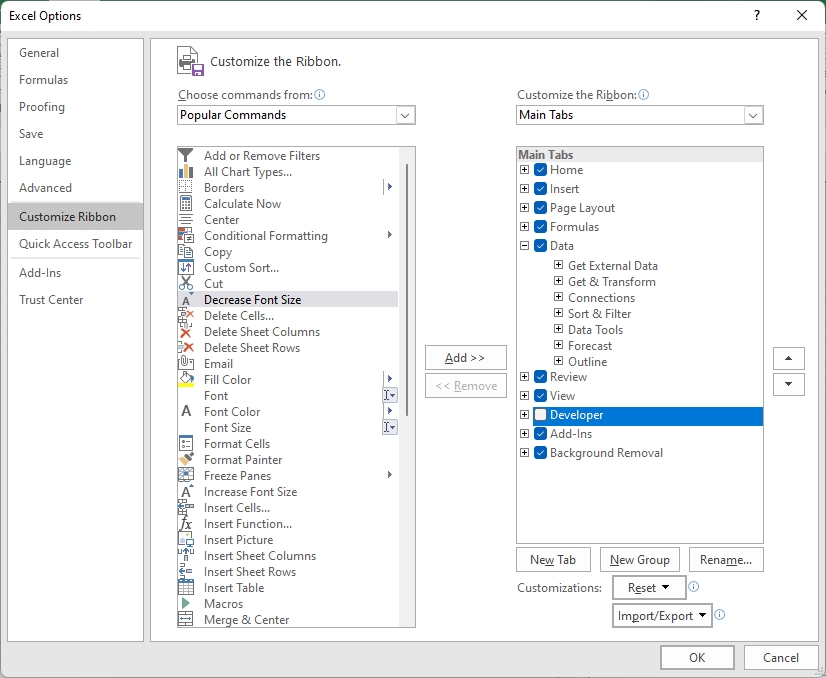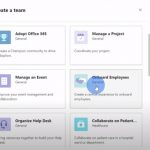You are always using Excel in the office and you think you’re already a pro in preparing documents. Guess what – you might not have tried the following Excel tips that I’m going to show you. With these tips, you ca boost your productivity at work.
Get ready because these Excel tips could boost your productivity and work performance.

Table of Contents
Perform Shortcuts for Fast Navigation
One of the best ways to work faster in Excel is to perform keyboard shortcuts for fast navigation. Rather than reaching for the mouse every time you need to move around a worksheet, you can use keystrokes to get where you need to be quick.
There are a number of ways to navigate quickly and efficiently in Excel.
- Ctrl + Home: Navigate to the start of the current sheet.
- Ctrl + End: Navigate to the furthest right cell where you entered data.
- Ctrl + Left: Go to the furthest left of the cell.
- Ctrl + Right: You can go to the furthest right of the excel sheet using this shortcut.
- Tab: Move between cells in a row or column.
Use the Status Bar
The status bar is a useful feature in Excel that allows you to see information about the data in your spreadsheet. To use the status bar, simply highlight the range of cells that you want to analyze. The status bar will then display the sum, average, and count of the highlighted cells. This can be a helpful way to quickly assess data sets.
Right-clicking on the status bar also gives you additional options, such as the ability to find the maximum or minimum value in a range. So next time you’re working with data in Excel, be sure to take advantage of the status bar’s abilities.
Use Sticky Rows
Do you find yourself scrolling up and down an Excel sheet, constantly losing your place? There’s an easy way to keep certain rows in view as you scroll: sticky rows. To use this feature, simply click on the row header (the letter of the row) on the left side of the sheet. Then, select View > Freeze Panes from the top menu bar.
Now when you scroll, that row will stay in place at the top of the sheet. This can be a huge time-saver if you’re working with large sheets or if you need to reference data in multiple rows.
Use Auto-Fill Information
One tip that can help you be more productive in Excel is to use the autofill feature. This allows you to quickly enter data into a range of cells by dragging downward. For example, if you want to enter a series of consecutive dates, you can highlight the cells you want to fill and then drag them downward. The autofill feature will automatically enter the correct dates for you. This can save you a lot of time when entering large amounts of data.
Automate Task by Creating Macro
There are many tasks in life that we perform over and over again. While some of these tasks may be relatively simple, others can be quite time-consuming. If you find yourself performing the same task repeatedly, it may be worth taking the time to create a macro. A macro is a set of instructions that can be used to automate a task. By creating a macro, you can save yourself significant time and effort in the long run.

To create a macro, you will first need to open the File menu and select Options. Then, click on the Customize Ribbon tab and check the box next to Developer. Once you have done this, you will be able to access the Visual Basic editor. This is where you will create your macro. While creating a macro can seem like a daunting task, it is actually quite straightforward once you get the hang of it. And, once you have created your first macro, you will be able to use it again and again to save yourself time and effort.
Create a Table
When you are working with data in Excel, it can be helpful to format it as a table. This will not only make the data look more organized, but it will also give you some additional features to work with. To create a table, simply highlight the data that you want to include and then go to the Insert tab. Click on Table and then hit OK.
Excel will automatically format the data into a table with headers and rows. You can then add features such as sorting and filtering to help you work with the data more easily.
Use the Go to Tool
If you’re working with a large spreadsheet, it can be helpful to use the Go To tool to quickly jump to specific cells. To do this, select the data and press Ctrl + G. This will bring up a dialog box where you can enter the cell reference that you want to go to.
You can also use the Go To tool to select a range of cells; simply enter the first and last cell reference in the dialog box, separated by a colon. Once you’ve selected the cells that you want to go to, press “OK” and they will be highlighted in your spreadsheet.
Change the Enter Function
One minor annoyance with Microsoft Excel is that when you press the Enter key, it moves you down a cell. This can be frustrating if you’re trying to move across the row. Fortunately, there’s a way to change this behavior. Just select File > Options, and then click the Advanced tab. Under Editing options, you’ll see an option to “Move selection after Enter.”
Selecting this option will cause Excel to move you right a cell after pressing Enter, which is usually more convenient. Of course, you can always use the arrow keys to navigate as well, but this tip can save you a little bit of time.
Paste Data to Multiple Cells
Copying data on multiple cells in Excel can be a time-saving shortcut for anyone who uses the program regularly. To do so, simply press Ctrl+C on the cell you would copy. Then, highlight the cells that you like to paste to and press Ctrl+V. This will save you from having to individually copy and paste each cell’s contents.
Quick Select Formulas
If you’re looking to save time when entering formulas into Excel, there’s a handy trick you can use. Rather than having to manually select the formula you want to use, you can simply use the up/down keys to navigate to it. Then, once you’ve highlighted the formula you want, hit the tab key and it will automatically be selected.
Excel is a powerful tool for productivity in the office. With just a little bit of practice, you can learn to use it to make your work life easier. These tips should give you a good starting point, but don’t stop here! Keep learning and practicing until Excel becomes second nature to you. Then watch as your efficiency (and sanity) in the workplace skyrocket.
If you are to further enhance your knowledge in Excel, you can enroll in an Excel course for beginners. Acuity Training offers an introductory course in which beginners are trained to master the basics of Microsoft Excel. Here, you will learn navigating Excel so that you know where to find everything. You will be taught on how to use formulas to handle difficult calculations quickly. You will also be trained on how to liven up your work with different fonts, colors and effects. You will be coached on how to set up your sheet so that it looks professional on-screen and when printed out.



